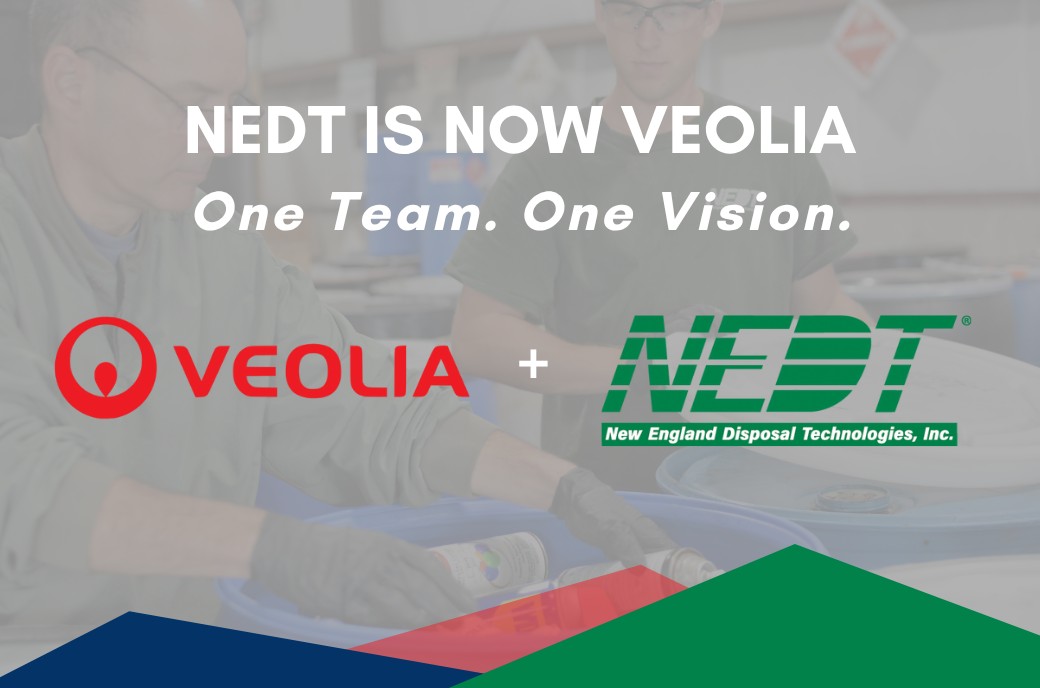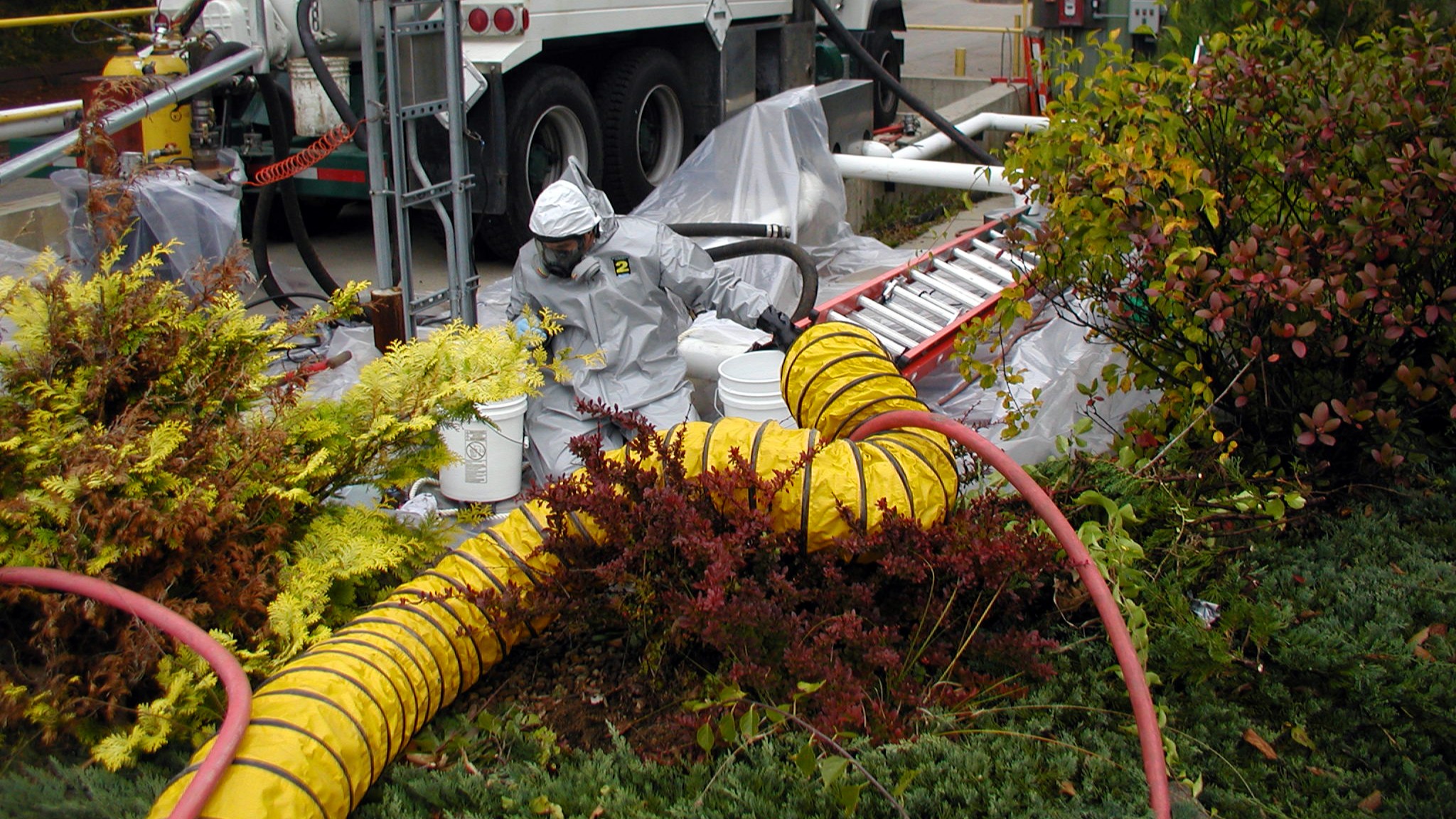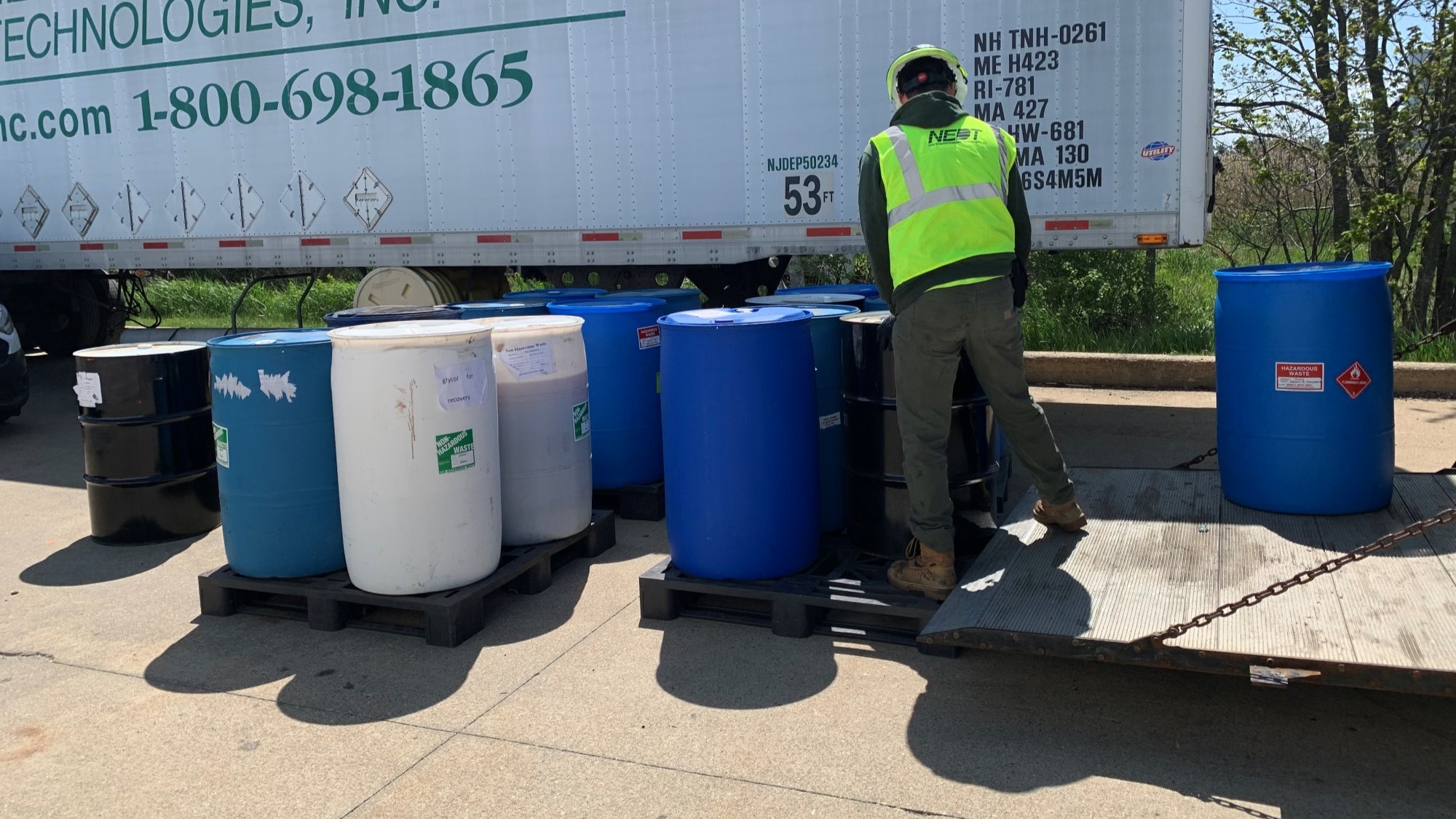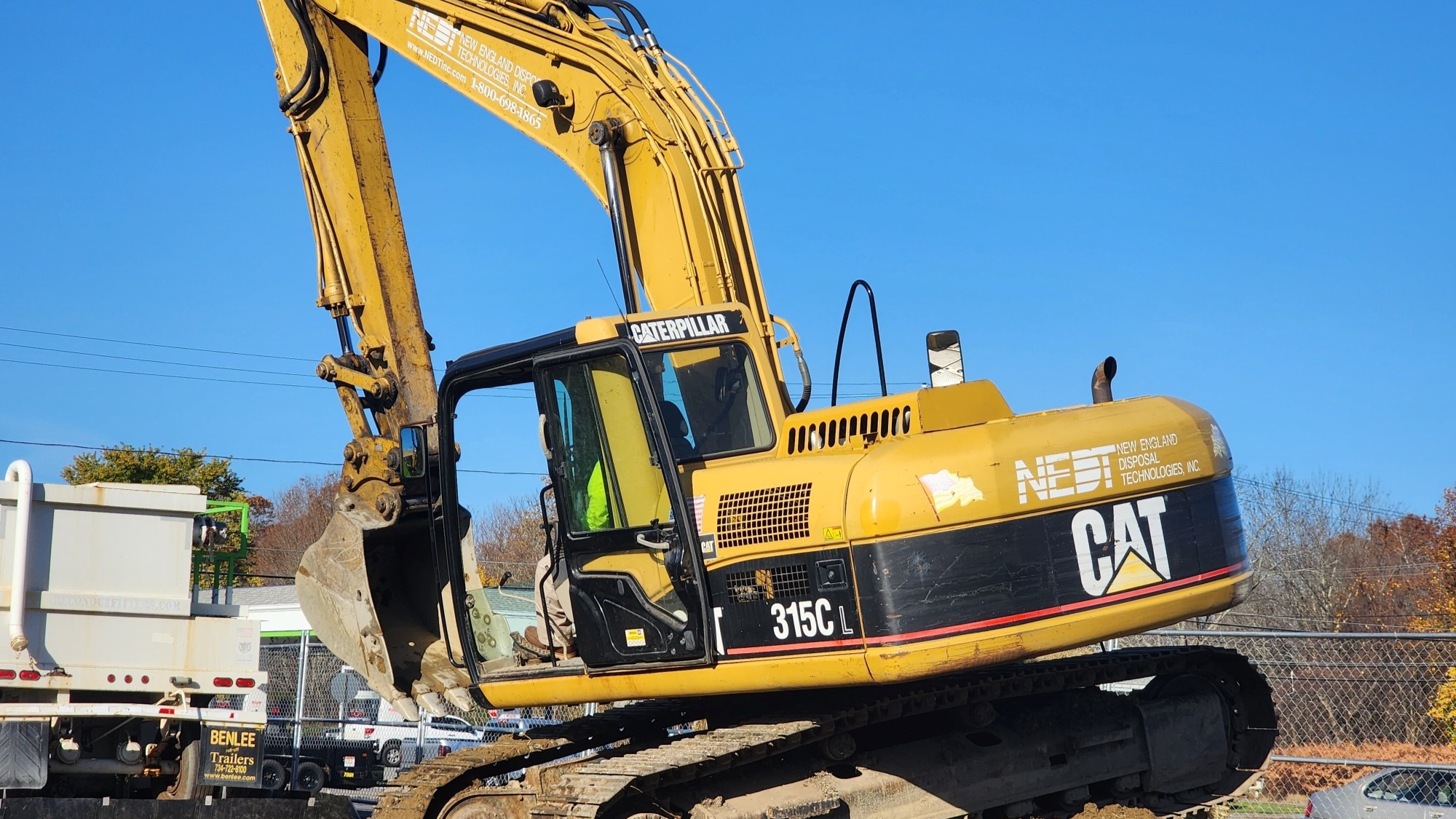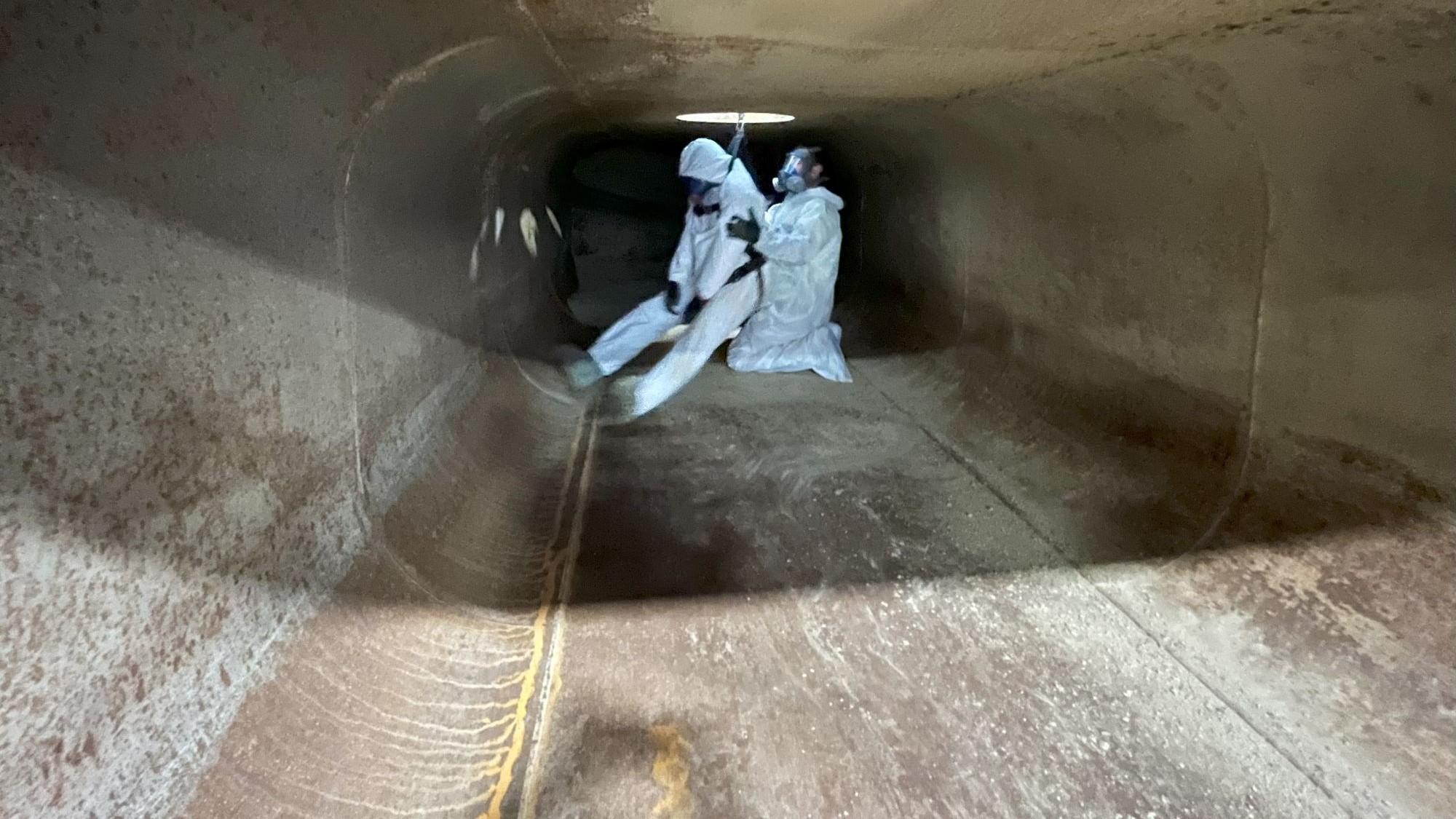All fires—residential, commercial, or industrial—can be disastrous, but when hazardous products and waste are involved, extinguishing and cleaning up can be orders of magnitude worse. From needing specialized gear to fight the fires, potential evacuation, and long-term contamination and remediation cleanup, learn what it takes to deal with the aftermath of a hazardous waste fire from the hazardous waste and disaster response experts at NEDT.
The Disaster Response Needed for Fires
The presence of hazardous products and hazardous waste in a home, outbuilding, business, or industrial facility can hamper both emergency response and the resulting cleanup. Below are factors to consider for both, depending on your situation.
House Fires and Hazardous Waste
Fires at home (or at-home businesses) are often caused or exacerbated by hazardous household products. Mixed household chemicals or damaged electronics can start a fire, improperly stored accelerants like solvents or fuel can accelerate the flames, and both can interfere with the firefighter’s response. Afterward, remediation experts may have to be called in at the homeowner’s expense, especially if a chemical or oil spill occurs.
For more information for New England residents, visit our consumer site NEDT.org, and take a look at related blog posts, such as Household Fires and Hazardous Home Products.
Hazards in Commercial Fires
The scale of hazardous waste at a non-industrial site can vary widely, especially when it comes to storage. Some, such as academic or commercial laboratories, may need to police their contents closely. The amount of hazardous waste you can have on hand determines how often it needs to be taken off-site for exactly these reasons, and you should have detailed inventories for both emergency response and investigators if a fire does occur. Learn more about different-sized quantity generators here.
Industrial Disasters and Fire
An industrial disaster is a nightmare any facility has been working hard to avoid. Documentation, planning, and procedure give guidance for how to avoid fires and explosions and what to do in the event of one. This means your industrial facility should have a response plan on hand not just for firefighters and EMTs but also for the recovery efforts afterwards, which will need a dedicated disaster management aspect to deal with cleanup and the forensics required by insurers and state agencies.
Environmental Contamination Caused by Fires
In the aftermath of a hazardous waste fire, the cleanup and rebuilding will be slowed or even stopped due to contamination hazards. Your business will have to work with local municipalities, the state, a hired Licensed Site Professional, your insurance, and hazardous waste contractors for:
- Analysis of the site for hazardous materials and environmental risk. This needs to be done promptly to assess the risk the fire and resulting damage poses to health.
- Containment of any materials that pose an immediate risk to environmental and human health. For example, containing an oil spill that has entered a body of water.
- Preservation of the site’s forensics for agencies and insurers. Containment and cleanup need to be documented with a focus on preserving vital data on causes.
- Cleanup and removal of hazardous and fire-damaged materials. This includes products, debris, and structural elements and can include deep industrial cleaning.
- Decontamination of the property, machinery, facility, soil, and water. Including decontaminating onsite or taking the materials for off-site disposal.
NEDT has been making a name for itself for over 25 years in the world of hazardous waste transportation and disposal. We’re experts at both site remediation and disaster recovery and management. We have strong relationships with regulatory bodies, a focus on getting your home or business back into use, and the ability to interface directly with your insurance. Contact us today, including directly by 1.800.698.1865, or email us directly at Sales@nedtinc.com for a free consultation.



